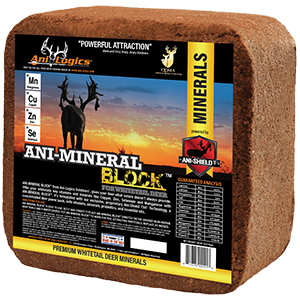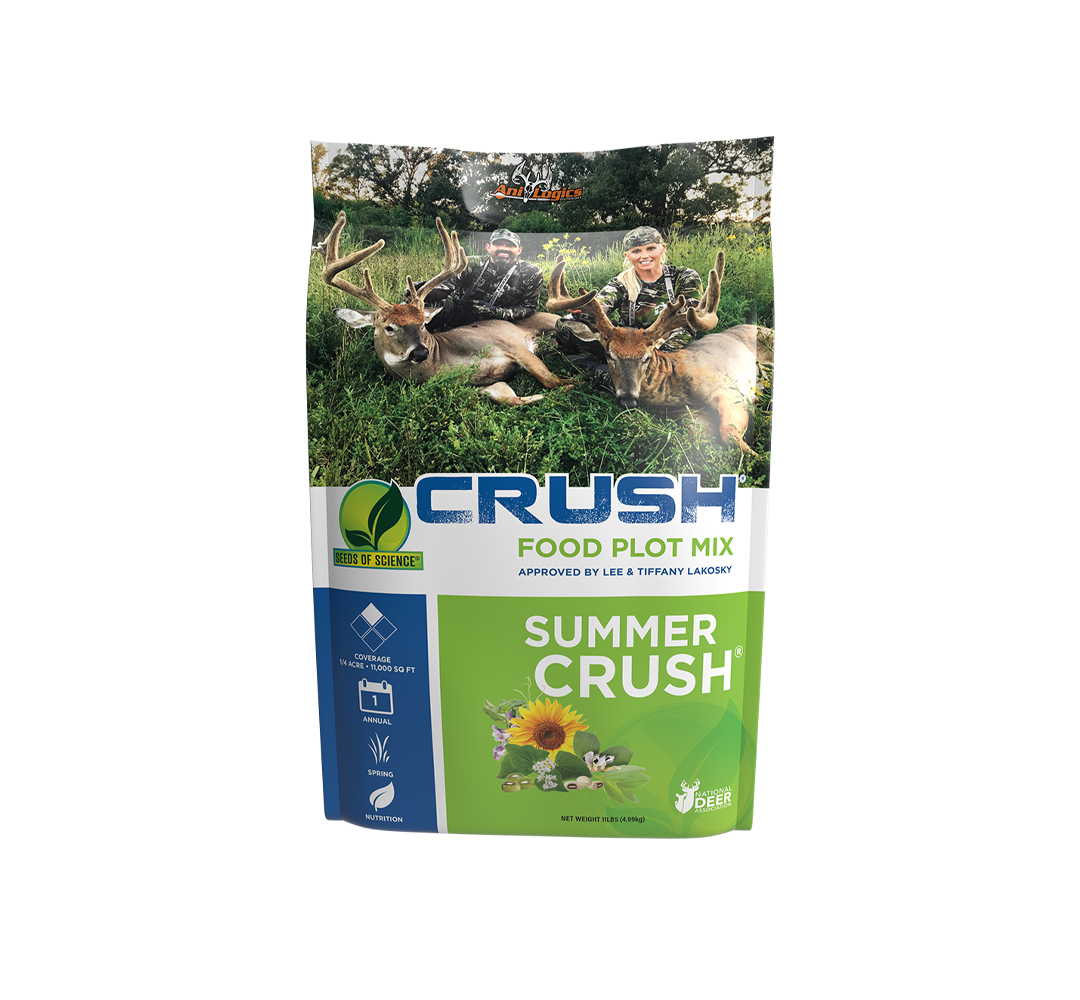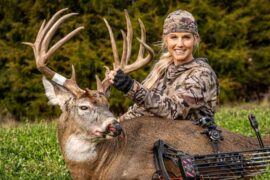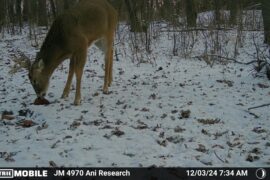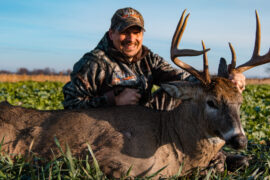Staying Ahead of the Nutrition Game
As the rut winds down in the Northern portion of the white-tails range, available nutrition on the landscape begins a downward tumble. Bucks have lost a lot of energy in the marathon we call the rut. Deer have adopted a way to survive by lowering their metabolism and moving less this time of year in order to conserve energy. That being said, deer still succumb to the rigors of a northern winter every year. There is nothing more depressing than walking up on a dead buck that you passed during the hunting season, hoping to get him another year older. Is there anything we can do to decrease winter death loss? Keeping an adequate supply of supplemental feed on your property can not only help your deer survive winter, but it will help them thrive.
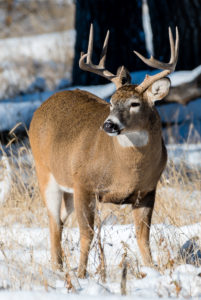
The most important part about a successful winter feeding program is to start early enough so that deer never reach the point of starvation. Giving feed to a starving deer herd might actually hurt them more than help because the sudden change in diet disrupts the microorganisms in their digestive tract. I have heard reports of deer dying with a full stomach, simply because they were unable to digest a large amount of high carbohydrate/high energy feed which was given to them at the point of starvation. The saying “An ounce of prevention is worth a pound of cure,” is true when it comes to winter feeding hungry deer.
Another thing to consider before the worst part of winter hits is your deer density. You can feed fewer deer and get more bang for your buck if you can lower your property’s deer herd before the season is over. Here in Minnesota our season will be completed at the end of December so we still have 6 weeks to lower the deer density before the hardest part of winter happens. In a perfect world, your neighbor controls the deer population too, but that may not be a reality. You will likely gain deer from surrounding properties as soon as you begin to feed, so be ready for that. People often ask me how many feeders they should have on their property bases on an acreage, but I like to place feeders by deer density. You don’t want to have more than 25 deer using a feed site as the crowding can cause social stress. Simply put out more feeders if you find too many deer using a single feeder or feed site, and space them out at least 200 yards.
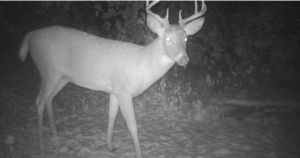
Many people want to feed the biggest bucks to help them through the winter, but feeding younger deer is also important. Don’t forget that next year’s antler growth is a reflection of this year’s nutrition. A buck takes care of recouping their body before they devote energy into stockpiling for antler growth. When a buck makes it through winter with little stress, his body is already taken care of, so he can expend more energy into antler growth the following year. Also, the nutrition that a doe receives while she is pregnant signals a buck fawn developing in the womb that they have enough resources for growing big antlers later in life (see blog Nutrition Begins in the Womb). Winter feeding can be a great way to ensure your herd hits the ground running in terms of overall health in the springtime, just don’t wait until February to begin!
-Tim Neuman, Ani-Logics Wildlife Biologist
Your Cart
Categories
- Attractants 26
- CWD 1
- Deer Management 62
- EHD 3
- Food Plots 17
- Hunting 85
- Land Management 17
- Minerals 28
- Shed Hunting 4
- Supplements 36
- Turkey Hunting 6
Browse Tags
Products
-
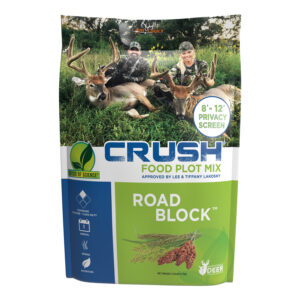 CRUSH Road Block
$29.99
CRUSH Road Block
$29.99 -
-
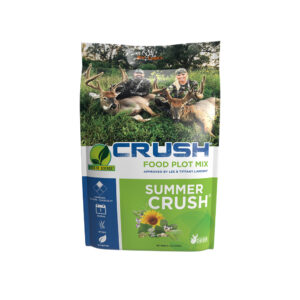 Summer CRUSH
$39.99 – $129.99
Summer CRUSH
$39.99 – $129.99 -
-
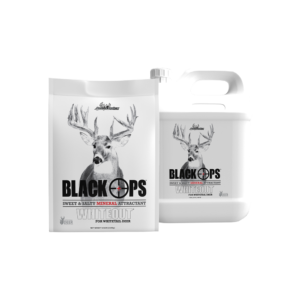 Whiteout Frenzy
$103.90
Whiteout Frenzy
$103.90 -
-
 Ani-Shield Base Mix
$59.99
Ani-Shield Base Mix
$59.99 -



